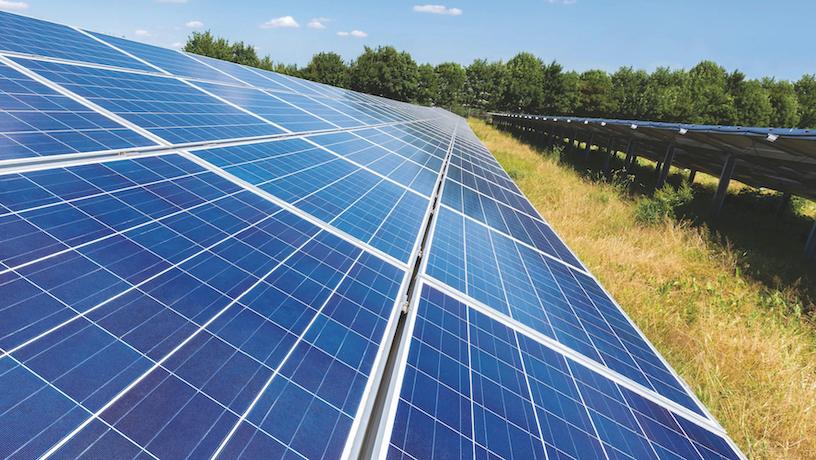Investing In A Cleaner Future

New tools and technologies are desperately needed to mitigate climate change impacts. But many obstacles lie between innovation in the lab and widespread adoption, note Garud N. Iyengar, professor of industrial engineering and operations research (IEOR), and Upmanu Lall, chair of the Department of Earth and Environmental Engineering.
What if investors shy away from a technology because of an uncertain payoff in an ever-shifting landscape? This Catch-22 got the two researchers thinking about ways to reduce the risk that a newer, better technology will come along and make the first one obsolete—and investments in it worthless.
“Innovations are not predictable,” Iyengar says. Investors are likely to “sit on the sidelines” and not invest in a new technology to mitigate climate change, he continues, if they worry that another technology will lower its value before they have recouped their investment, and “this prevents lab-based innovation from being implemented.”
So, the pair are thinking through a kind of insurance, similar to catastrophe bonds, to reduce the risk of technology obsolescence. Catastrophe bonds are typically issued by re-insurance companies, often to hedge fund managers who can tolerate high risk. With those bonds, investors can take a bet on a natural disaster in a specific part of the world over a fixed period: If no disasters occur, they reap the rewards. If not, they pay up, helping cities rebuild.
In 2015, people still thought that solar electricity would be twice the cost of fossil fuel-based electricity. Now it’s a third of the cost.
Iyengar says technology obsolescence is also a kind of disaster. The bond the Columbia researchers would like capital markets to embrace would partially protect investors in innovative technologies from the risk that their projects might be eclipsed by more cost-effective ones. As a side benefit, the price of these bonds would provide a crowdsourced signal of the riskiness of a technology.
Such risks are very real. Lall points to faulty forecasts relating to some of the more prevalent climate technologies, including by the U.S. government. In 1998, for example, the U.S. Energy Information Administration predicted that solar power would cost 20 cents/kilowatt hour by 2020. Today it costs less than three cents.
“The rate at which technological innovations can propagate and change the cost structure can be very, very rapid,” Lall says. “In 2015, people still thought that solar electricity would be twice the cost of fossil fuel-based electricity. Now it’s a third of the cost.”
Lall and Iyengar recently began collaborating with David D. Yao, Piyasombatkul Family Professor of IEOR, to see how similar financial risk management tools could be leveraged to meet sustainability goals set by state and federal governments.
